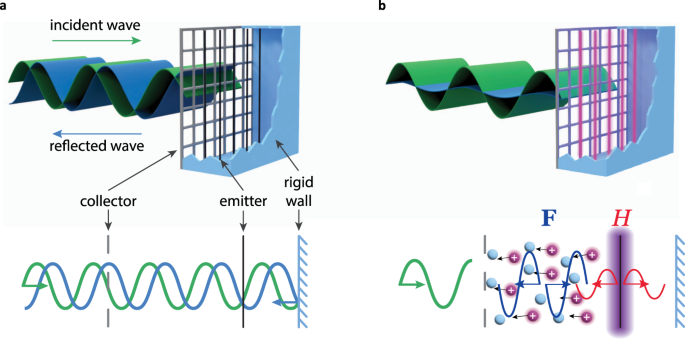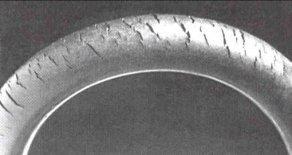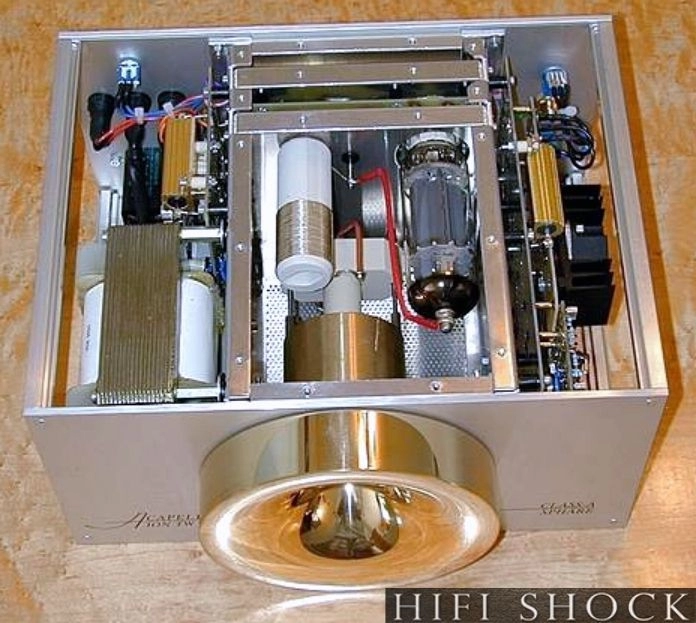Long story short they have put together an ANC setup where a rectangular plasma transducer is used to cancel incident sound. It looks like it works pretty well, and they don't even need a helium tank, apparently:


 www.nature.com
www.nature.com

Of course I am sure it suffers from the same problems as any other plasma... the big one being ozone production, so I don't see this developing into a means of treating our whole rooms at home. There is also the question of having 8KV wires all over the place. But as a way of preventing noise from moving through air ducts or something, or for outdoor applications, it's quite interesting. And I suppose there is no reason this can't be used in a sealed chamber, so maybe it COULD be used for active room treatments if we're willing to deal with whatever effects the sealing membrane has?
Since it's active, the response can be tuned arbitrarily, so in theory if you had a room totally covered in these things, you could go from perfect listening space to anechoic chamber with the flip of a switch. Fun to think about, although I don't know if "a room fully covered in plasma chambers" is going to fit my budget... ever.
PS: I realize this experiment was nowhere near room-scale. But if you have a few square inches of something, the only obstacle to scaling it to cover a whole room is money and a sufficiently crazy mindset.
Actively reducing noise by ionizing air
Scientists show that a thin layer of plasma, created by ionizing air, could be promising as an active sound absorber, with applications in noise control and room acoustics.
www.sciencedaily.com

Ultrabroadband sound control with deep-subwavelength plasmacoustic metalayers - Nature Communications
Controlling audible sound requires inherently broadband and subwavelength acoustic solutions. Exploiting the unique physics of plasmacoustic metalayers, we experimentally demonstrate versatile and tunable sound control over a wide frequency range.
Of course I am sure it suffers from the same problems as any other plasma... the big one being ozone production, so I don't see this developing into a means of treating our whole rooms at home. There is also the question of having 8KV wires all over the place. But as a way of preventing noise from moving through air ducts or something, or for outdoor applications, it's quite interesting. And I suppose there is no reason this can't be used in a sealed chamber, so maybe it COULD be used for active room treatments if we're willing to deal with whatever effects the sealing membrane has?
Since it's active, the response can be tuned arbitrarily, so in theory if you had a room totally covered in these things, you could go from perfect listening space to anechoic chamber with the flip of a switch. Fun to think about, although I don't know if "a room fully covered in plasma chambers" is going to fit my budget... ever.
PS: I realize this experiment was nowhere near room-scale. But if you have a few square inches of something, the only obstacle to scaling it to cover a whole room is money and a sufficiently crazy mindset.
Last edited:







